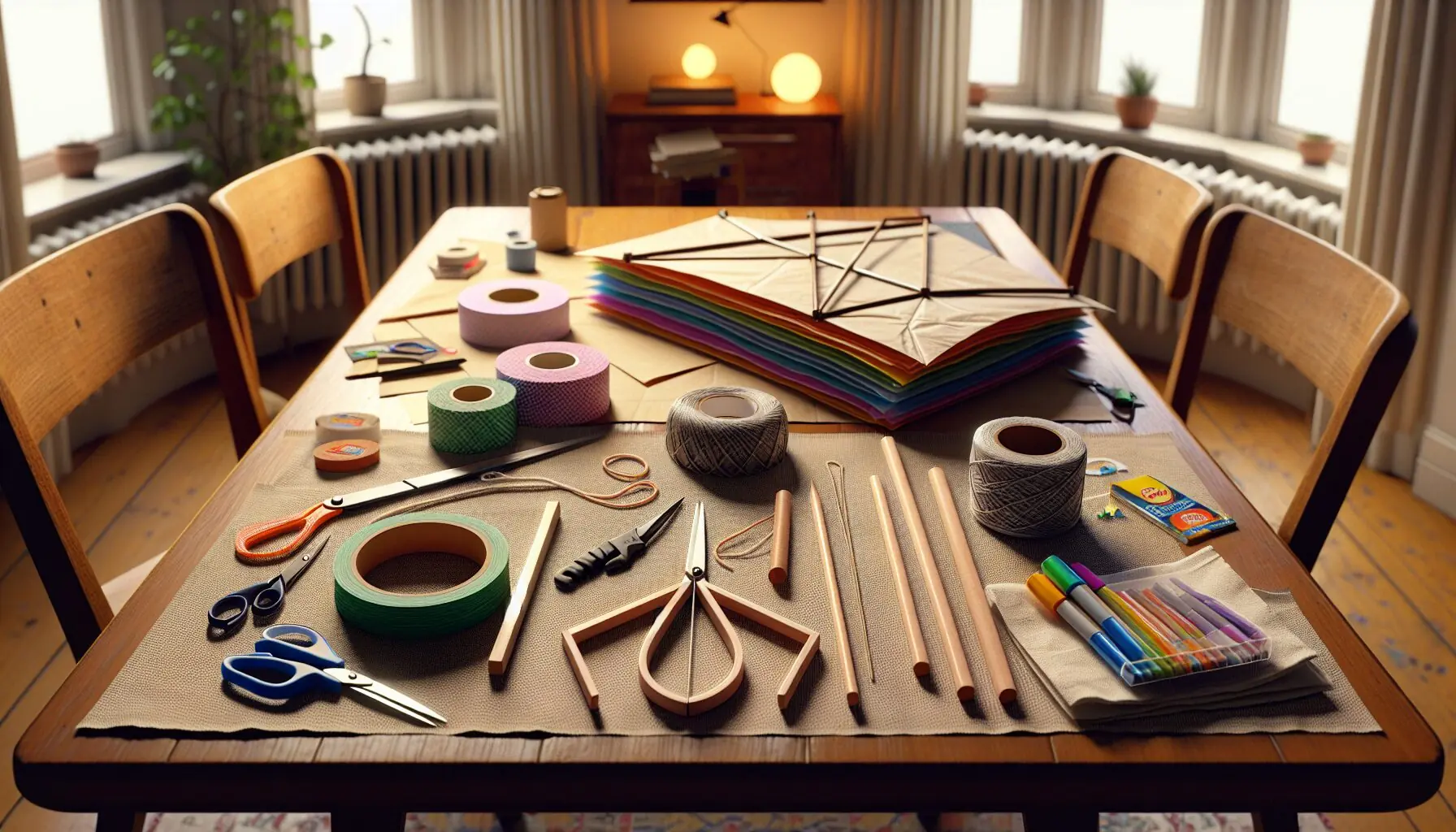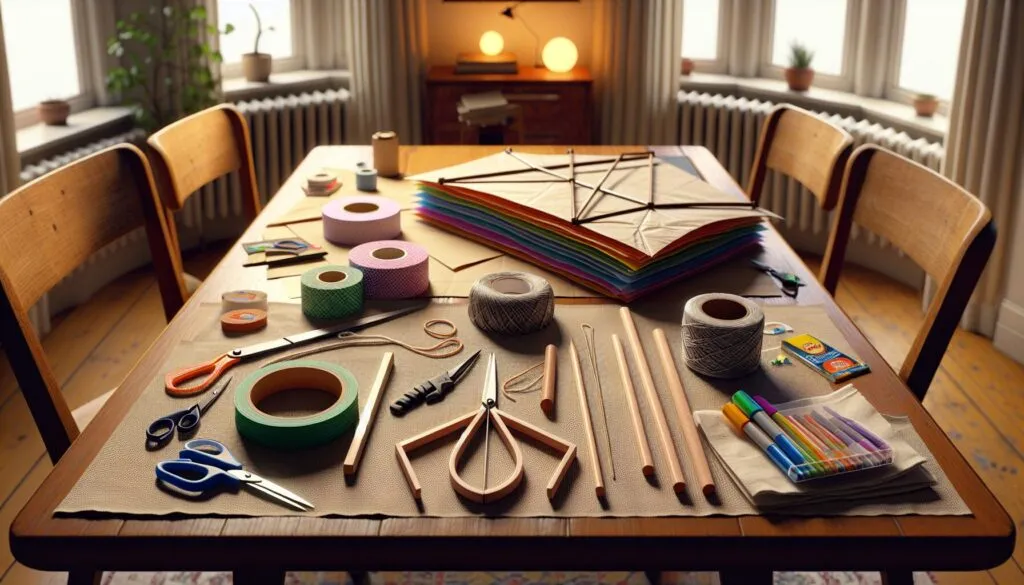Introduction to Kite Crafting
Picture this: a gentle breeze and the sight of colorful kites soaring in the sky. As a parent, you know that first-grade learning isn’t just about textbooks—it’s about engaging in activities that blend hand-eye coordination, creativity, and physical activity.
Making a kite is a delightful way to do just that, bridging the realms of Visual Arts and Physical Education while sneaking in a science lesson. Plus, this activity doesn’t just promise giggles; it fosters an enduring love for exploration.
During windy autumn days like October 27, kite flying becomes the perfect balm for busy children and their parents alike.

Simple Kite-Making Activity
Let’s get started on crafting a simple kite! You’ll need:
- Lightweight paper (tissue or thin plastic work well)
- Two wooden dowels
- String
- Tape and scissors
- Markers or paints for decoration
Instructions:
- Cross those Dowels: Form a ‘plus’ with the dowels and secure with tape.
- Cut and Style: Cut the paper into a diamond shape, bigger than the dowels. Attach it to the frame using tape. Be your own designer—draw or paint vibrant patterns on your kite.
- Add the Tail: Cut a strip of paper or use string as the tail. Secure it to the end of the kite for better stability.
- Attach the String: Securely tie the string where the dowels cross. Let out some string and enjoy!
Estimated time: 30 minutes. Finding an open, safe space to fly it is part of the adventure. Remember, the goal is fun and creativity, not perfection.

Developmental Benefits of Kite Flying
Flying kites isn’t just sheer joy; it’s a fantastic gateway to scientific exploration. As your child watches their handmade kite dance in the wind, they’ll grasp basic physics concepts, like wind resistance and lift.
This activity nurtures patience and problem-solving when things don’t go as planned (like kite mishaps). Emotionally, it builds confidence and fosters parent-child bonding through collaboration and shared triumphs.
Encouraging curiosity, kite flying also opens discussion paths on weather patterns and environmental awareness. Whether your little one dreams of being a physicist or a pilot, the skies are just the beginning.

Related Posts:
- [Oct, 27] Discovering Music Genres with Your Child
- [Oct, 27] Tackle the Tall Slide: Building Courage and Resilience
- [Oct, 27] Seasonal Clothing Adventure for Physical Activity and Healthy Living
- [Oct, 27] Moonlit Night Adventures: Exploring Moon Phases in Hebrew
- [Oct, 27] Storytelling Dress-Up: Unleash Imaginative Play
